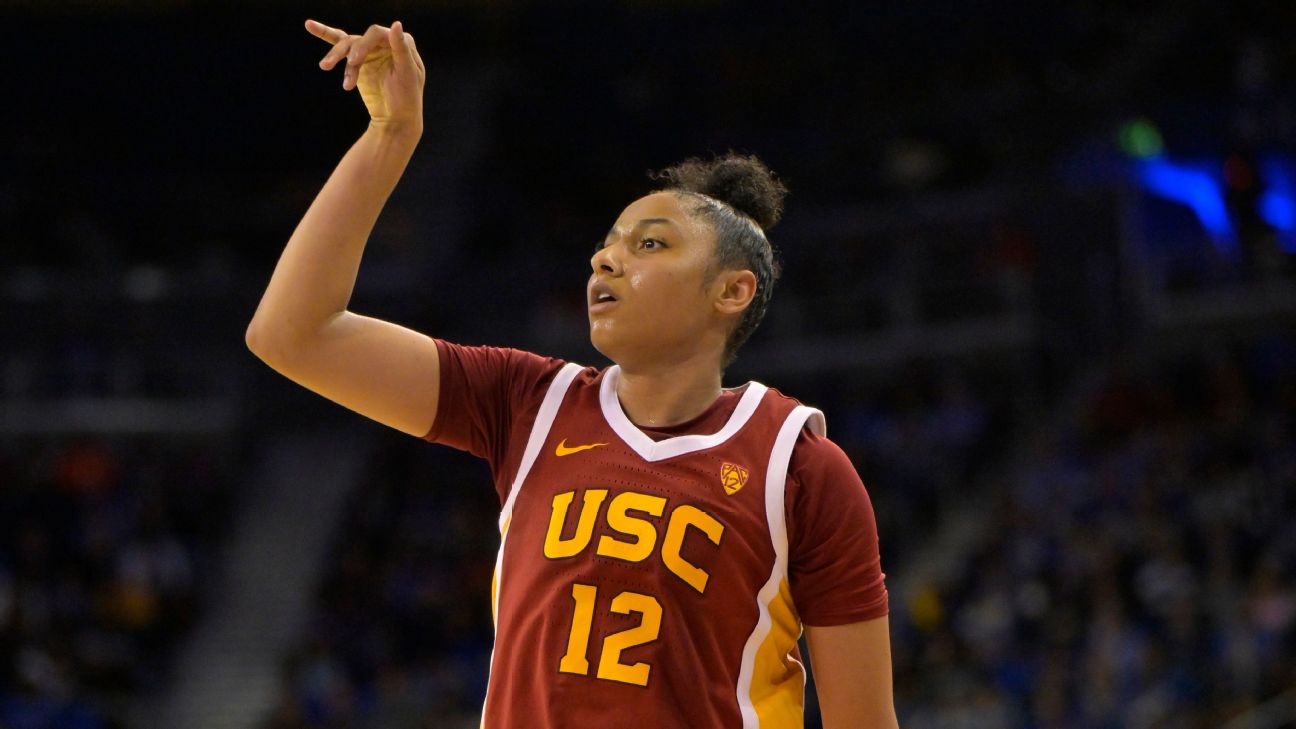
RULES
ESPN’s Bracketology efforts are targeted on projecting the NCAA event area simply as we count on the NCAA Division I basketball committee to pick out the sphere in March. ESPN bracketologist Charlie Creme makes use of the identical information factors favored by the committee, together with energy of schedule and different season-long indicators, together with the NET and team-sheet information related to what’s accessible to the NCAA, in his projections of the sphere. Go to the NCAA’s web site for a fuller understanding of NCAA choice standards.
64-Crew Bracket
The 64-team bracket is the usual model of the NCAA event area that has been in place since 1994. If the 2021 area is comprised of 64 groups, there will probably be some key variations to previous years, nonetheless.
The first adjustment from a standard 12 months is, in fact, the taking part in of the complete NCAA event at a single web site. This eliminates the necessity for geographical concerns in seeding. Moreover, there will probably be not less than one fewer computerized qualifier this season, because the Ivy League’s determination to forgo the 2020-21 season reduces the variety of AQ entries to 31 for this season.
48-Crew Bracket
On this projection, a condensed choice course of would scale back the sphere by eight at-large groups and eight computerized qualifiers (the latter of which nonetheless obtain a income unit). The highest 4 seeds in every area would obtain a bye into the second spherical, with 4 first-round video games per area – 5 vs. 12, 6 vs. 11, 7 vs. 10 and eight vs. 9.
16-Crew Bracket
On this projection, the committee selects and seeds the 16 greatest accessible groups. There aren’t any computerized qualifiers, though all non-competing convention champions obtain the designated income unit.
To take care of some sense of nationwide steadiness, convention participation is capped at 4 groups. And no area shall have multiple staff from the identical convention.





:max_bytes(150000):strip_icc()/beef_stroganoff_072_0-1-14b979e7e0e943e0bea96ca93d54ef06.jpg)